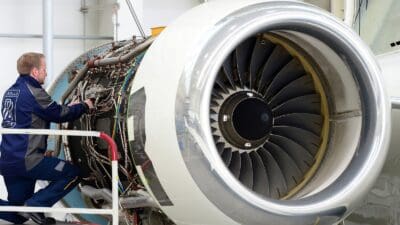Royal Dutch Shell (LSE: RDSB) (NYSE: RDS-B.US) is the biggest underperformer in my portfolio. Arguably, it is the biggest underperformer in the whole FTSE 100. It is down 8% over two years, against an 18% rise on the FTSE 100. Over five years, it has returned just 27%, against 50% for the index. What I thought would be a great long-term play on energy prices has proved a non-starter, due to rising upstream and exploration costs, weak refining margins, theft and supply disruptions in Nigeria, and adverse currency movements. Profits fell to $4.2 billion in Q3, well below the £6.2 billion profit it posted one year earlier. The European Commission probe into price-fixing has added to the sense of investor shock.
Which makes me think that now is the ideal time to top up my tank. Partly, it’s the contrarian in me. These things go in cycles. Investor sentiment can quickly change. My hunch is backed up by the fact that Shell is trading at a modest 8.1 times earnings. That is far cheaper than rival oil major BP, which trades at 12.8 times earnings, and BG Group, valued at 15.5 times earnings. Both companies have had their fair share of problems lately, yet retain notably higher valuations than Shell.
Let it flow
Shell also has an impressive cash flow at $10.4 billion in Q3, up from $9.5 billion in the same quarter last year. That has helped fund its continuing generosity to shareholders, pumping out a yield of 4.89%. That’s juicier than BP’s 4.36%, let BG’s meagre 1.31%. Although I haven’t enjoyed much growth lately, I have still pocketed heaps of dividend income, which I have re-invested for the growth I believe is set to come.
Management is confident, recently proclaiming its “strong project flow in place for 2014 and beyond”, as it fires up a series of new oil and gas fields and develops its long-term play in Iraq. Chief financial officer Simon Henry recently said that “Shareholder returns are our purpose”, and I like the man’s priorities. That kind of thinking funded the recent 5% rise in the Q3 dividend. Plus a buy back of $1.5 billion worth of shares for cancellation in the third quarter alone.
A great stock to explore
Another reason Shell has struggled is that it has spent so much on exploration lately, with costs likely to hit $45 billion this year, up from $30 billion in 2012. Next year should see the beginning of a return on that massive investment. The pace of investment should also slow, making Shell’s numbers look better, as will a string of forthcoming asset disposals. Earnings per share fell 6% in 2012 and are on course to plunge 18% this year, but that should reverse next year, with a forecast rise of 11%. That should bump up the yield to a forecast 5.4% and further buybacks should also drive the share price. Shell finally looks set to motor in 2014.







